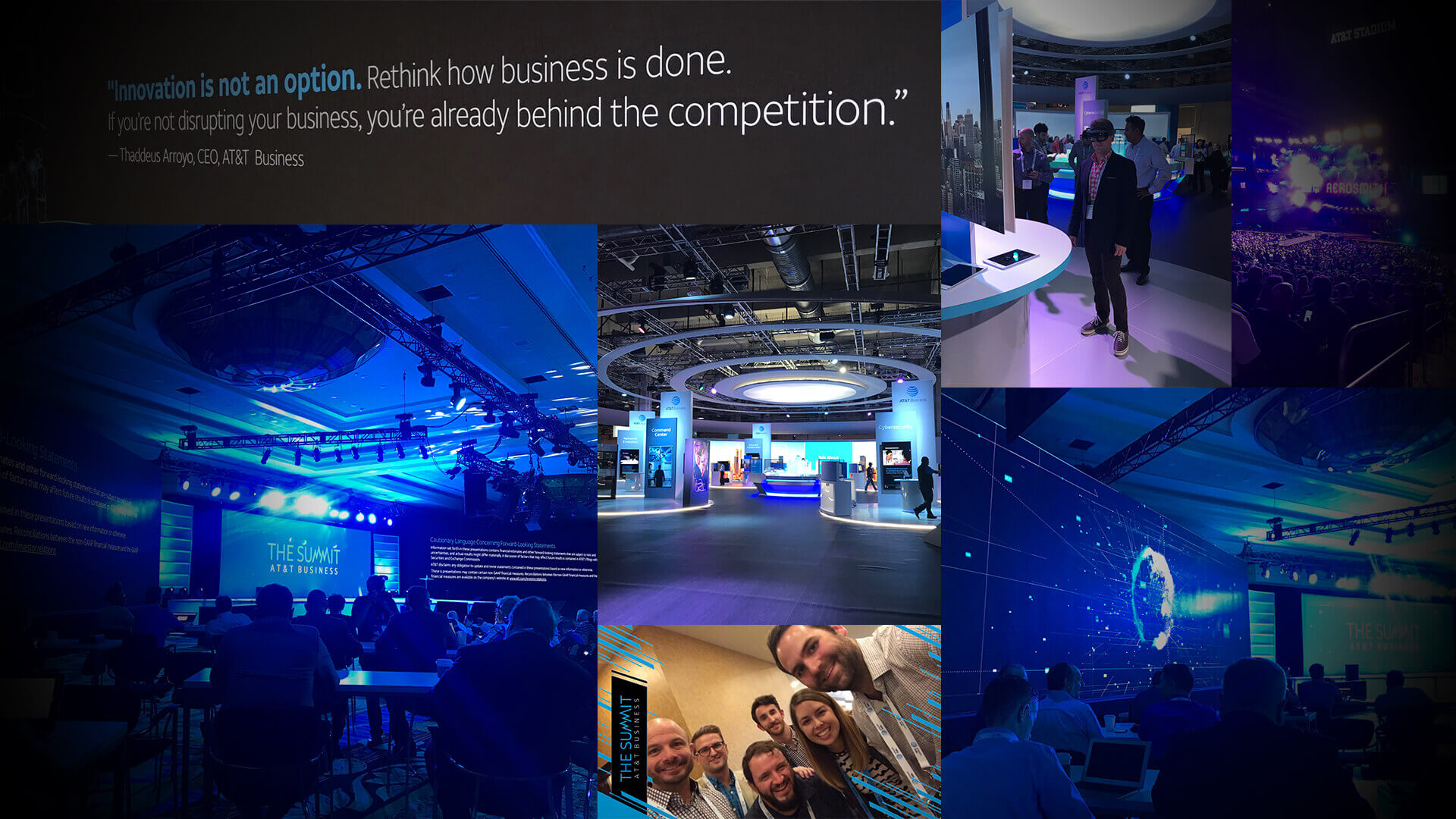
Team RT had the privilege to attend The AT&T Business Summit recently – joining a couple thousand of the brightest business folks around. All of us were in search of sights and trends to better inform and infuse into our work.
The Summit let us immerse ourselves in technology, big data and innovation across industries. However, shortly after the commencement ceremony, the conversation quickly pivoted away from business capes and value props, and toward a deeper and renewed focus on the single-most critical factor for success in business:
Not just the customer – but the ongoing, ever-changing customer relationship.
John Donovan, CEO of AT&T Communications, noted how the smartphone revolution forced us to rethink how businesses work and consumers interact with them. No longer could businesses dictate inflexible, longstanding, contractual terms of the relationship. This shift continues in a market where customers decide what they want, and companies either keep up or risk being discarded for a competitor.
It’s here where the most interesting conversations at The Summit were kindled. And the burning questions probed how to actually do so.
As one attendee noted when he called upon an old Bill Gates book, “business now moves at the speed of thought,” especially as it relates to a customer’s needs. If a business or customer has an idea, there must be an immediate action following it in order to meet the need. Any hesitation or delay increases the likelihood of falling behind.
Knowing this, here are three ways marketers can sharpen what they do every day:
- Listen More Intimately
Businesses need multiple lines of communication in close proximity to the customer. It’s not enough to have employees act as gatekeepers while the rest of the organization remains hidden, which wastes time and hinders accuracy. Opening up the organization so more people hear feedback directly makes them better able to find solutions for unexpected or unforeseen problems.
- Respond Emphatically and Empathetically
It’s not news that the pace of change in business is accelerating. But it was discussed as a factor that stimulates advancements and innovation. Messaging and media that enable quick response and brand personality to shine, like social, play a huge role in this. If customers see the business in a more human way, then evolution feels natural, and quick changes can be welcomed. Not doing so leaves a business vulnerable to competitors who are ready to react with purpose and passion.
- Create and Cultivate Desirability
When businesses optimize what they can best create and deliver, they prioritize feasibility and viability. Namely, they capitalize on what the business is good at (feasibility), and that adds to the bottom line now and moving forward (viability). But once we know what pains our customers, what drives them and what gets them to believe, we must find an emotional reason for them to act. It’s desirability that turns a good idea into a solution to propel a business forward.
Focusing on the customer simply isn’t enough. We must listen more intimately, respond more empathetically and make our customers actually feel something – to want, need and desire engagement. And perhaps most importantly, we must do it all at the swift and decisive speed of business, focusing our response to customer need above all else, rather than what we want to sell them.








